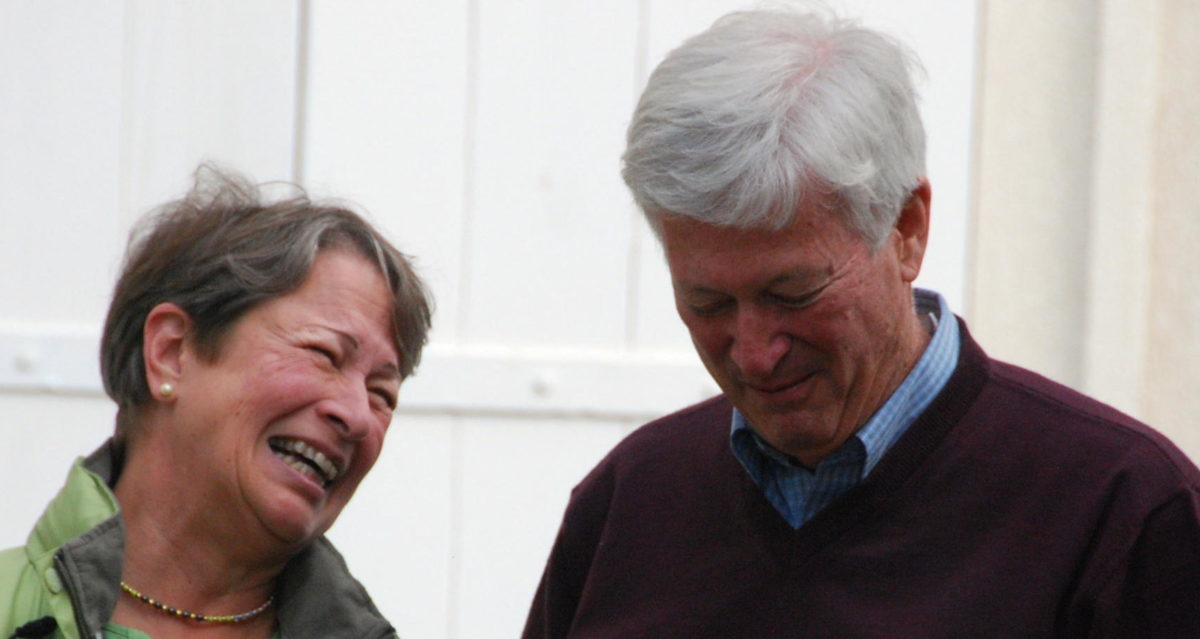I have always loved window shopping in Paris. You can find streets in every neighborhood lined with small boutiques that are so attractive that it is a joy to wander (which I love to do–Rick not so much!) and just look, or to venture inside where you are always met with a lilting “Bonjour!” Just looking is welcomed.

Most shops are uncluttered and not crowded with racks of clothes in every size. Usually one or two sizes of each style are out, and you just need to ask, “Avez-vous autres tailles?” The shopkeeper will then look you over, decide what size you probably need, and go to the back or the basement to find it.

Since we are heading directly back to the States from Paris, I am breaking my two-year rule of not buying anything unless it replaces something else already my little suitcase. (I even bought a second suitcase to hold my purchases!) I connected with a young stylist through Airbnb, and she took me out shopping for a whole afternoon. She asked me lots of questions before we met to determine my goals, budget, size and style. It was so great to be guided toward shops and items that I liked. I had my best luck at the atelier of a young designer, Koshka Mashka, where the designer herself met us and helped me to find some treasures.

And on this trip, I also purchased a pair of very fashionable boots. Can’t wait to wear them!

Paris has several big department stores, among them Galeries Lafayette, which is worth a visit if only to gape at the ceiling!

The main floor is usually crowded with tourists, especially young Asian women who will wait in line (!) to get into the Gucci handbag boutique or the Jimmy Choo shoe section. But if you need a specific cosmetic or a bra in your size, they have it all!
As I wandershop ( I this this is a better description of what I do…), I love coming upon tiny shops that only sell one thing, like tassels, but have every size and color that you can imagine.

And then there are the Vides Grenier! Literally translated, this means ’empty attic,’ but these are the flea markets of Paris. Especially in the Spring and Fall, these occur regularly in every neighborhood, and include furniture-some of it kind of careworn-

and odd things like drawer knobs

and all the silver flatware that their kids don’t want…

but I have fun looking and wandering through these markets. I don’t buy much, but I was happy to find this old wrist watch for 10€. I got a new battery for it and viola! A souvenir of Paris!

Optical shops abound in Paris – some are ordinary, but many carry very fashionable eyeglass frames. Last December, when my Baltimore ophthalmologist determined that I needed progressive lenses, I decided that I’d buy my glasses in Paris. But in February, while helping Julie with her new baby, I decided that I didn’t want to wait until May to see clearly. I found a very cool Portland shop and bought frames made in Switzerland that I really liked. Then, while we were in Bulgaria in April, I sat on my glasses and broke the frames!! Thanks to Google, I found one shop in Paris – Carlotti – that carried the Swiss brand (Gotti). I corresponded with them, provided the specs for my frame and – Voila! The day after we arrived, I took them my lenses and, a few days later, I had new glasses!

So now I can truthfully say that I bought my glasses in Paris, after all…
Another fun place to wandershop are Passages (arcaded shopping streets) that are scattered throughout the city. Galerie Vivienne, located near the Palais Royale is one of the prettiest.

Passage Panoramas and Passage Jouffroy, nearby, form a network of arcades the lead from one to the other and are filled with used bookstores, philatelic shops, galleries and small cafés.

Shopping is one more reason that Paris is my favorite city of all…



 And to move from the sublime to the ridiculous…we found this organ grinder at the Bastille Market on a Sunday.
And to move from the sublime to the ridiculous…we found this organ grinder at the Bastille Market on a Sunday.





































 We tasted cheeses, stews (goulash), pasta (with cabbage!), all sorts of pickles, langos (fried dough topped with sour cream & cheese), Mangalica (pork) sausage, sour cherry/poppy seed strudel, and chocolate. Not exactly a low calorie day!
We tasted cheeses, stews (goulash), pasta (with cabbage!), all sorts of pickles, langos (fried dough topped with sour cream & cheese), Mangalica (pork) sausage, sour cherry/poppy seed strudel, and chocolate. Not exactly a low calorie day!










































































